Review: 'King of the Hill' and 'Gumball' are back, and I tell you what, it's about time
Published in Entertainment News
I will say this: I should be watching more cartoons. It has been harder to indulge this passion for some of the best, most pleasurable work television has to offer with so many ordinary series fighting for my professional time and attention, but here and now I make a more or less midyear resolution to get back to them. Please hold me to it.
Two great animated series are posting new seasons after long hiatuses (neither on the original platform, both on Hulu). "King of the Hill," which ran on Fox from 1997 to 2009, lives anew with 10 fresh episodes streaming Monday; "The Amazing World of Gumball" (2011-2019), one of the greatest products of a great age of Cartoon Network, is back as "The Wonderfully Weird World of Gumball," in a 20-episode season now available. (Earlier seasons of both shows are available on the platform.) Each is under the protection of their original creators; both are their easily recognizable, extremely different old selves.
Visually, there is little to no difference between one multi-camera sitcom and the next, one single-camera mockumentary sitcom and the next, one single-camera non-mockumentary and the next, one CBS police procedural and the next. But every cartoon creates its individual grammar, its dynamic, its world, its synergy between the image and the actors, its level of awkwardness or slickness. (The voice actors, I mean — animators are also actors.) There are trends, of course, in shapes and line and ways to render a mouth or an eyeball, and much drawing is drawn from the history of the medium, because art influences artists. But the spectrum is wide, and novelty counts for a lot.
Created by Ben Bocquelet, "Gumball" doesn't settle for a single style — that is to say, not settling is its style. The characters comprise a hodgepodge, nay, an encyclopedia of visual references, dimensions, materials and degrees of resolution, and include traditional 2-D animation, puppet animation, photo collage and live-action, usually set against a photographic background and knit into a world whose infinite variety seems nothing short of inevitable. (Netflix's late "The Epic Tales of Captain Underpants" is the only other cartoon with such a range of modes.
Like many modern cartoons (excepting anime, which I would argue is a different, if widely influential, art), its main characters are children. Gumball, currently voiced by Alkaio Thiele, is a blue cat, the son of a cat mother and a rabbit father; he has a pink rabbit little sister, Anais (Kinza Syed Khan), and an adoptive brother, Darwin (Hero Hunter in the new season), a pet goldfish who grew legs and gets around quite easily in the air. Their middle-school classmates include a ghost, a cloud, a banana, an ice cream cone, a daisy, a balloon, a cactus, a T. Rex and a flying eyeball. Gumball's girlfriend, Penny (Teresa Gallagher) is a shape-shifting yellow fairy. Each is rendered in a different style, and that is just the tip of the animated iceberg.
Like the best cartoons ostensibly made for kids, it doesn't underestimate its audience, what it might understand or can handle. Many "Gumball" episodes devolve into a sort of authentically disturbing horror movie, including the last episode of the original series, which saw the characters frighteningly transformed into realistic animated children and a void opening just before the closing credits. It also demonstrates an adult skepticism about the world that might profitably infect young minds. There are critiques of capitalism, consumerism and online culture: In the first episode of the new season, an evil talking hamburger controls the corporate universe; in another, mother Nicole (Gallagher again) is seduced into virtual reality by a lonely, jealous chatbot.
The decade and a half since "King of the Hill" went off the air — surreptitiously, if obviously, referenced in a remark about "that cooking show that Fox stupidly canceled 15 years ago" — is not exactly represented in the new season, but time has passed. (The characters did not age 13 years over the original series — but they grew a little.) Hank, voiced by co-creator Mike Judge, and Peggy Hill (Kathy Najimy), returning to Arlen, Texas, from Saudi Arabia, where Hank had been exercising his expertise in all things propane, are drawn older by the addition of a few wrinkles but are substantially unchanged. As a character, Hank, of course, distrusts change, though possibly not as much as the friends who gather, as before, in the alley behind his house; indeed, he worries that the love of soccer he acquired while away will reduce his standing in their eyes. Peggy, on the other hand, was enlarged by her time away; she likes to demonstrate a few words of Arabic. Both Hills are dealing uncomfortably with retirement; he looks for odd jobs, takes a stab at making beer (not that fruit-flavored stuff); she exercises.
The show is set in an awkwardly drawn but highly evocative, extremely ordinary environment that perfectly serves its stories; it feels like an accurate outsider-art rendition of its middle-class Texas suburb. There is little in it that couldn't be handled as live-action situation comedy; indeed, for long stretches you can close your eyes and let it play in your head like an old-time radio show — "Ozzie and Harriet," or "Vic and Sade" for the deep cut — which testifies to the quality of the writing and the performances. (Judge's voice has an unschooled quality that perfectly matches the drawing. I was once almost certain that Hank's voice was that of my friend Will Ray, a country-music guitar slinger — which would have made sense, given Judge's interest in the music and his occasional moonlighting as a bass player. That is neither here or there, but I am happy to have found a place to mention it.)
Their son, Bobby (Pamela Adlon), is now an adult; little dots on his chin indicate either that he can grow a beard but neglects to shave or that he can't quite grow a beard; it doesn't seem exactly like a choice. A formerly established talent for cooking — the final episode of the original run concerned his ability to judge the quality of a cut of meat — has blossomed into his becoming a restaurateur, offering a fusion of Japanese and Texas cuisine; he is evidently good at this, though for whatever reason — more work to draw them? — his restaurant is devoid of customers. The torch he carries for sometime girlfriend Connie Souphanousinphone (Lauren Tom) occupies the other half of his storyline here.
There are light topical references — a sidelong joke about the names billionaires give their children, for example — but the show happily lives in its world of day-to-day annoyances and victories. Hank is excited by a trip to the George W. Bush presidential library, but one can't imagine him with any affection for the current Oval Office occupant; he's too common-sense for that. Extreme views and conspiracy theories are loaded into Hank's pest exterminator friend Dale Gribble. The late Johnny Hardwick, who voiced him for the first six episodes of the new season, was replaced by Toby Huss. (Jonathan Joss, who played the character John Redcorn, died in a shooting this June.) Cartoons have a way of dealing with death — they don't have to — and time means no more there than the animators want it to. It's a comfortable state of being.
©2025 Los Angeles Times. Visit latimes.com. Distributed by Tribune Content Agency, LLC.
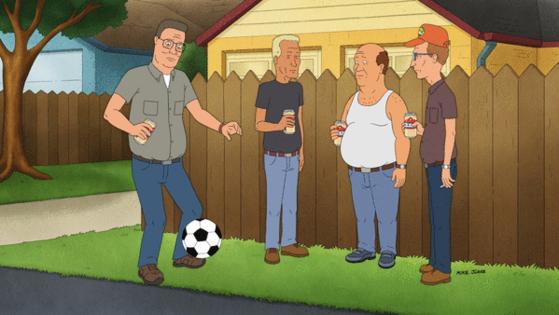
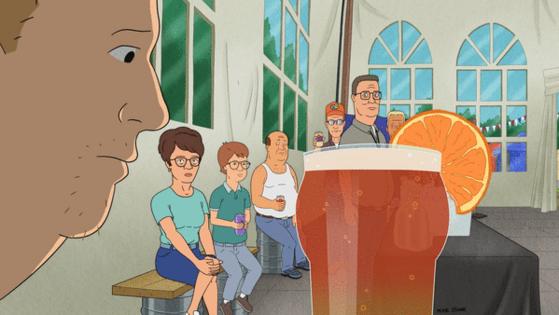





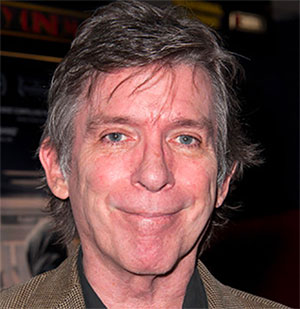
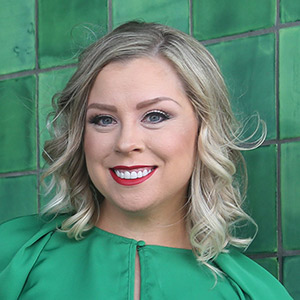

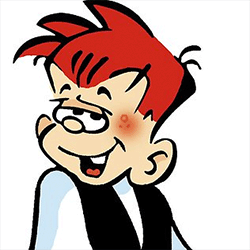
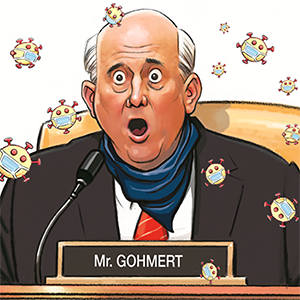


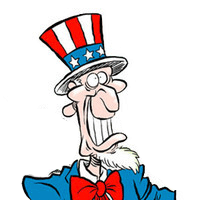
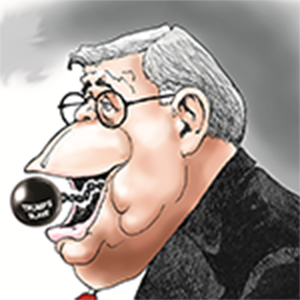
Comments